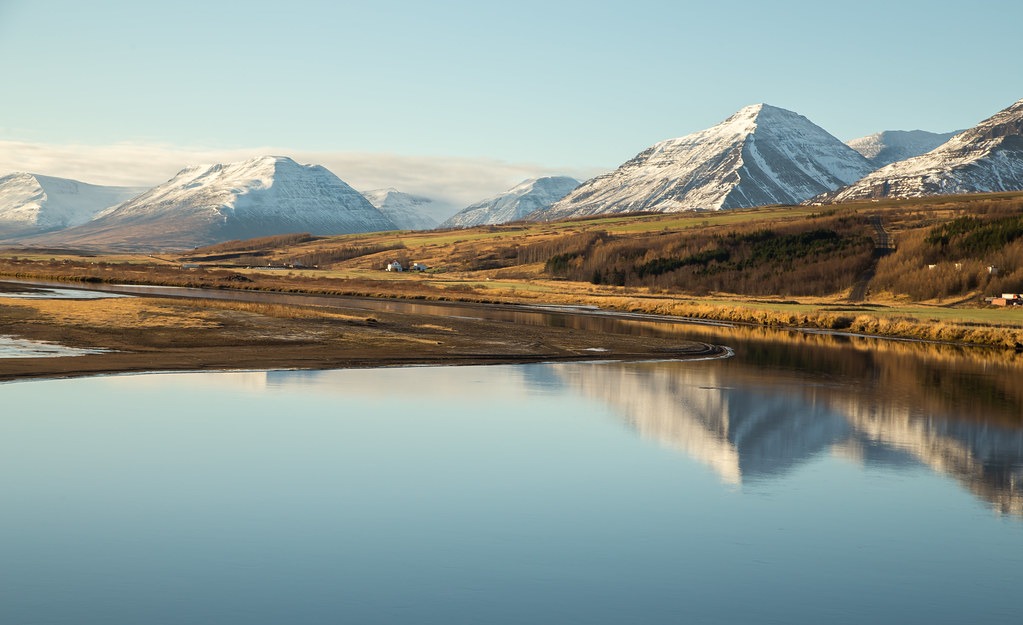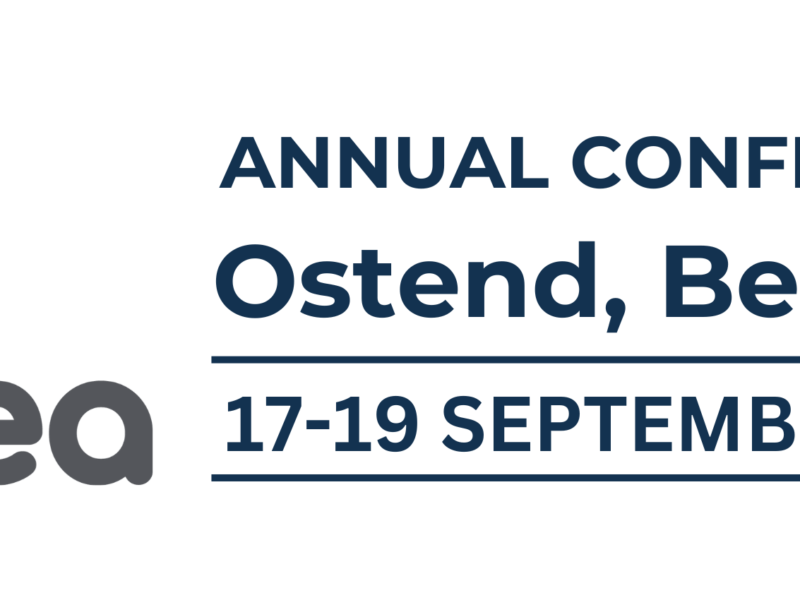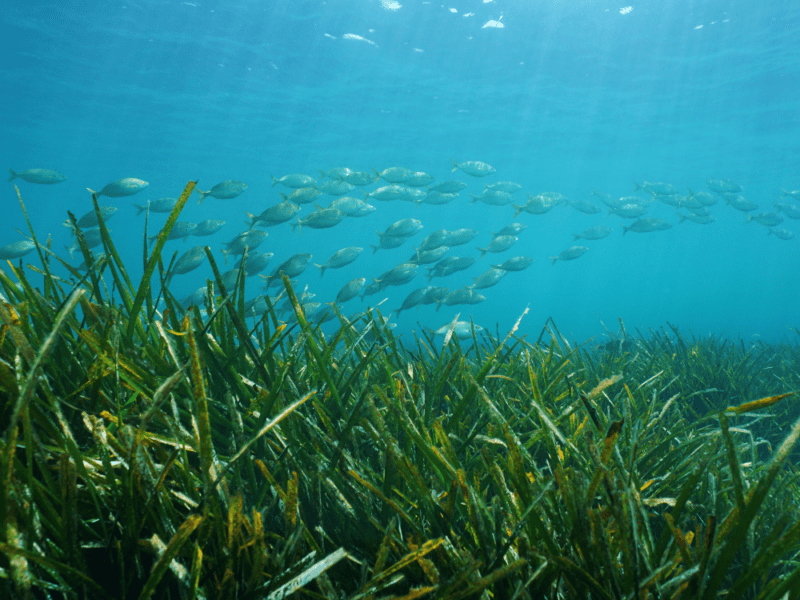
The Beautiful Iceland Eyjafjörður River Part of Pharos Project
The Beautiful Iceland Eyjafjörður River Part of Pharos Project https://pharosproject.eu/wp-content/uploads/2025/10/52470490513_221e8cb922_b-576748385.jpg 1023 625 PHAROS Project PHAROS Project https://pharosproject.eu/wp-content/uploads/2025/10/52470490513_221e8cb922_b-576748385.jpgInterview by: Valur Sæmundsson – valur[@]akureyri.net
Eyjafjörður River Feature Image by: Jón Ingi Cæsarsson
Translated by: Þorleifur Ágústsson
PHAROS Project
Eyjafjörður River is becoming the center of research where the latest genetic technology will be applied, as part of the PHAROS Iceland Demo. The purpose is to examine the effects of pink salmon on the river’s ecosystem, as pink salmon has been classified as an invasive species and is extremely unwelcome in Icelandic fishing rivers. For these studies in Eyjafjörður River, revolutionary technical equipment will be used – the only one of its kind in Europe.
This project is called PHAROS and is a collaborative project of 24 universities, research institutions, and companies aimed at protecting and restoring marine ecosystems, preventing and combating marine pollution, as well as working toward building a sustainable carbon-free blue economy. This is a large and complex five-year project that received funding from the European Union of nearly 1.5 billion Icelandic krónur.
Dr. Þorleifur Ágústsson Brought the Research To His Hometown
The Akureyri native Dr. Þorleifur Ágústsson leads the Icelandic part of the project, in collaboration with the Technical University of Denmark, DTU. He works for a company called Blár Akur (Blue Field), which is part of the Norwegian multinational DNV, and Blár Akur participates in the project in collaboration with DTU. Þorleifur has had successful collaboration with Professor Einar Eg. Nielsen at DTU and other scientists there for years in research and consulting, which is why he was asked to participate in the project.

Þorleifur, or Tolli as he is usually called, grew up in Akureyri but moved away in 1988. He studied biology at the University of Iceland and then studied at the University of Gothenburg, where he completed his PhD in fish physiology. He has devoted himself to research and consulting and has decades of experience in fish physiology research, environmental issues related to fish farming, and how best to conduct farming with fish welfare as a guiding principle.
Þorleifur was traveling in the north recently, along with his colleague Erik Karlsson, installing equipment at Eyjafjörður River, and akureyri.net spoke with him on this occasion.
Why Was Eyjafjörður River Specifically Chosen for Research?
It’s not surprising to hear that Þorleifur’s northern origins and connections played the biggest role. “This spring we started preparing this here, and the reason Eyjafjörður was chosen was simply that I’m from Akureyri, and it’s extremely important to have good cooperation and connections with the fishing association, landowners, and others who are stakeholders in such projects,” explains Þorleifur.

He adds that the University of Akureyri also played a major role in this decision. “We’re working with such complex technology and equipment that is sensitive, so it’s extremely important to have a university with capable people on site. For example, we had to bring our equipment inside yesterday and work with it in the university’s research laboratory while we were recalibrating it and going over it,” says Þorleifur.
He adds that this also provides an opportunity to create collaboration between the University of Akureyri and DTU, which is naturally a giant in research in a broad sense. Þorleifur also mentions their collaboration with Erlend Steinar Friðriksson, who knows Eyjafjörður River inside and out and has worked extensively for the river’s fishing association, and Steingrímur Magnússon has also assisted them with equipment installation in the river.
Pink Salmon as an Invasive Species and Unwelcome in Fishing Rivers
As mentioned earlier, Blár Akur is part of the Norwegian conglomerate DNV, and Þorleifur has been working there for about a year building up research and consulting. Blár Akur has, among other things, done extensive work as an independent party in monitoring fish farming and ensuring it is conducted in an environmentally friendly manner.
The collaboration between DTU and Blár Akur focuses on invasive species, as pink salmon is now appearing increasingly in Icelandic rivers, and there may be a risk that it has negative effects on river ecosystems. Invasive species are so called when referring to animal or plant species that enter nature but don’t belong in the respective ecosystem.
Why Is Pink Salmon So Unwelcome in Icelandic Rivers?
Pink salmon is an invasive species that easily establishes itself in new areas and rapidly expands its population. It is a significant environmental risk to river ecosystems by reducing water quality, competing with existing species, spreading diseases, and disrupting ecological balance. Pink salmon, also called humpback salmon, belongs to the Pacific salmon genus.
The species’ natural habitat is along the shores of the northern Pacific and Arctic Ocean coasts. Pink salmon in Europe can be traced to Russian experiments with sea ranching of pink salmon in rivers by the White Sea and on the Kola Peninsula. It was first noticed in Icelandic rivers around 1960, and the number of caught pink salmon is now increasing year by year. Pink salmon is considered decent food fish if caught at sea, but soon after it enters rivers, it becomes inedible.
Equipment That Detects and Analyzes Genetic Material in the River
Þorleifur says that the project uses the latest genetic technology in environmental research, where so-called environmental DNA (eDNA) will be used to detect pink salmon, both near river mouths and in selected rivers. “Instead of trying to catch the fish, we take genetic material directly from the river and immediately see what fish are swimming around there – whether it’s Arctic char, brown trout, or pink salmon,” explains Þorleifur, and the reporter becomes quite amazed listening to descriptions of this technology. It sounds like science fiction.

This is truly revolutionary technology, and the key to it is the device that Þorleifur and Erik brought. Along with the two of them, Professor Einar Eg. Nielsen and Dr. Magnus Wulf Jacobsen also came to the country for the project. Erik Karlsson is a doctor in fish genetics and is a specialist in operating such equipment, and Þorleifur says he directs the main work with it
This is an automated environmental sampling machine that can filter sea and water, isolate genetic material, and quantify pink salmon. “This device is actually an entire research laboratory; it can, under our control and automatically, take water samples from the river, and when it finds the genetic material we’re looking for – in this case Arctic char, brown trout or sea trout, and pink salmon – the device amplifies the genetic material so the analysis can be confirmed that these species are actually present,” explains Þorleifur. He says the device is extremely accurate, and this way the project will deliver important information about pink salmon runs so action can be taken in time.

The device sends information in real-time, and Þorleifur says they can simply check on their phones anytime to see what DNA material is present. This technology provides the first warning much earlier that pink salmon has arrived in the river, rather than learning about it when it bites anglers’ bait. Their goal is also to share the information obtained, and real-time data will be posted on the project’s website so the fishing association, and actually anyone, can see what’s happening in the river. Furthermore, there is camera equipment in the river, and it’s hoped that fish can be detected when they swim by.
Technology Originally Developed for the Oil Industry in Norway
The environmental sampling machine has been installed at Eyjafjörður River with a hose running from it into the river. Samples are taken at regular intervals, genetic material is collected, and an automated sensor they’ve designed “smells” genetic material from the fish being sought.
This sophisticated research equipment is naturally both complex and extremely expensive, but the device is designed and manufactured by scientists in the United States and is the only one of its kind in Europe. Þorleifur explains that this technology was originally developed for purposes other than monitoring fish in fishing rivers.
Norwegian environmental research scientists collaborated with the Americans, and this technology was originally used to monitor oil leaks around Norwegian oil rigs. They weren’t looking for oil in the sea but rather bacteria that thrive on oil, which are found long before oil leaks are detected through conventional means. “That’s how this started. It’s often the case in this industry that the money is very much around oil, the demands are enormous there, and then equipment is often designed that can then be used for other research, and that’s how this device has been adapted,” says Þorleifur.

As mentioned earlier, the research equipment has been installed, and according to Þorleifur, the current situation is that it has been possible to monitor the migration of these fish, and pink salmon has already been detected in Eyjafjörður River. The next steps are to work with the fishing association and partners to propose the best methods for catching pink salmon and develop procedures that can work best in the fight against this unwelcome guest.
Possibilities for European Collaboration for Hrafnagil School
This large European research project also has interesting side effects in the local community, and Hrafnagil School in Eyjafjörður district could benefit from it. This involves a project called Blue Schools, which is structured so that schools in areas where research projects are underway can apply to participate. The schools can receive grants to create small projects that connect to the research projects and establish connections with other schools in Europe.
“Now I’ve connected the elementary school in Hrafnagil – they’re very excited and plan to go all in on this Blue Schools program. Such schools exist throughout Europe. Then they might enter into exciting collaboration with other comparable elementary schools, especially since Hrafnagil elementary school teaches a lot about the environment, and Eyjafjörður River of course flows almost through the community,” says Dr. Þorleifur Ágústsson.
- Posted In:
- BLOG
- Marine Restoration
- Partner News
- PHAROS News

